Home>Furniture & Design>Interior Design Trends>Why Do I Keep Breaking Glass
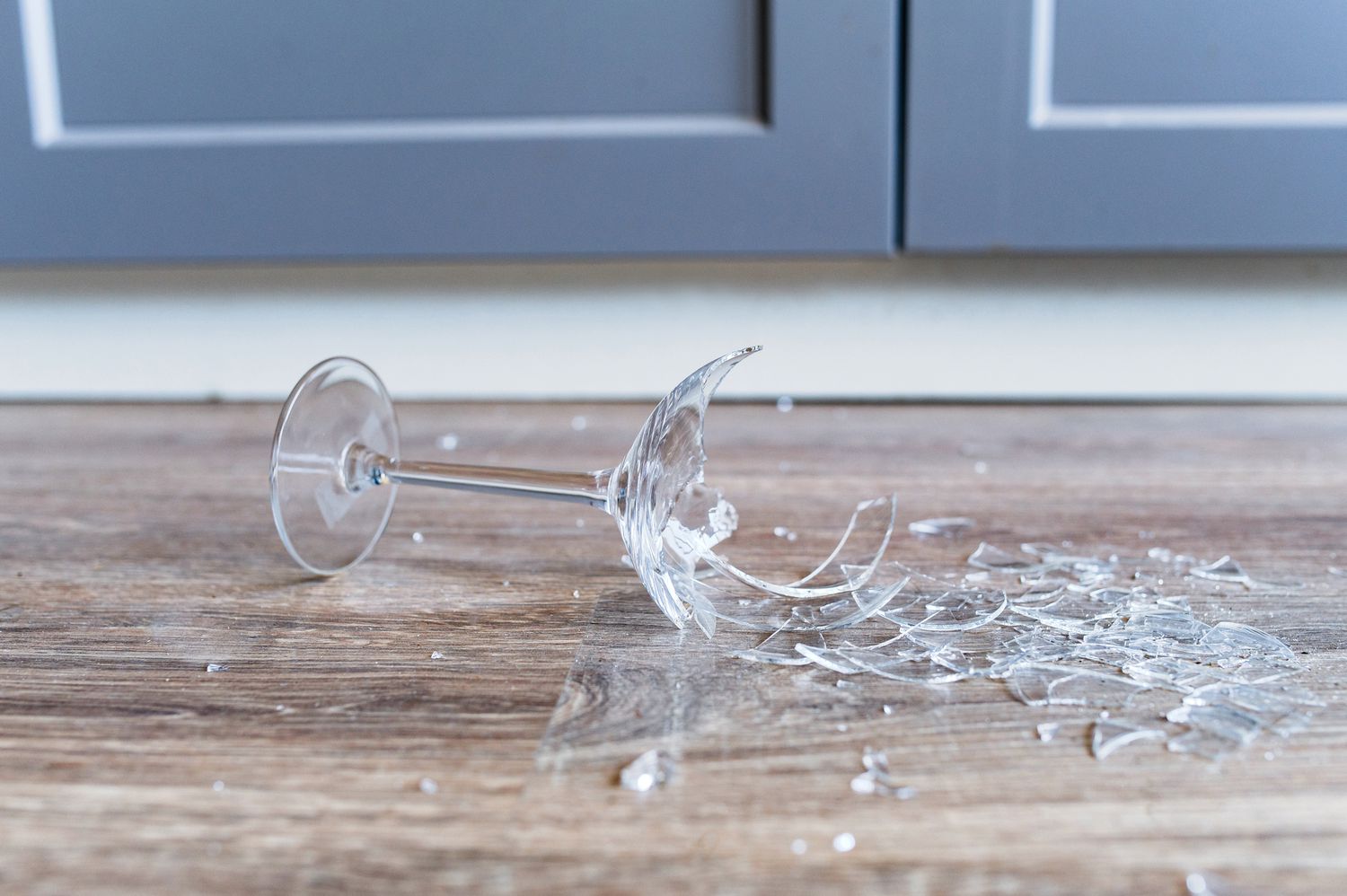

Interior Design Trends
Why Do I Keep Breaking Glass
Published: February 6, 2024
Discover the latest interior design trends and learn why you keep breaking glass. Explore practical solutions and expert tips to enhance your space.
(Many of the links in this article redirect to a specific reviewed product. Your purchase of these products through affiliate links helps to generate commission for Storables.com, at no extra cost. Learn more)
Introduction
Glass is a ubiquitous material that we encounter in our daily lives, from the windows in our homes to the sleek surfaces of our smartphones. Its transparency and versatility make it an essential component of modern architecture and design. However, have you ever found yourself wondering, "Why do I keep breaking glass?" The fragility of glass can sometimes leave us perplexed, especially when we seem to encounter more than our fair share of shattered glass incidents.
Understanding the factors that contribute to glass breakage can shed light on this common occurrence. Whether it's a broken window, a cracked mirror, or a shattered glassware, the reasons behind these mishaps are often rooted in a combination of scientific, environmental, and psychological factors. By delving into the science of glass and exploring the common causes of breakage, we can gain valuable insights into this phenomenon and learn how to prevent it.
In this article, we will embark on a journey to unravel the mysteries of glass breakage. We will delve into the science behind the fragility of glass, examine the common culprits that lead to breakage, and explore the psychological factors that may influence our propensity to encounter shattered glass. Furthermore, we will equip ourselves with practical tips for preventing glass breakage in various contexts, empowering us to safeguard our glass possessions and minimize the likelihood of future mishaps.
So, if you've ever found yourself pondering the enigma of broken glass, join us as we embark on a quest to uncover the underlying reasons and solutions for this perplexing phenomenon. Let's delve into the fascinating world of glass and unravel the mysteries that lie behind its delicate yet resilient nature.
Key Takeaways:
- Glass breakage can happen due to impact, thermal stress, flaws, natural disasters, and aging. Understanding these factors helps prevent breakage and preserve glass surfaces and objects.
- Psychological factors like stress, cognitive biases, and emotional attachment also play a role in glass breakage. Being mindful and aware can reduce the risk of accidental breakage.
Read more: Why Do Jews Break Glass
The Science of Glass
Glass, a material that appears deceptively delicate, possesses a fascinating scientific composition that contributes to its unique properties. At its core, glass is an amorphous solid, lacking the crystalline structure found in most solids. This absence of a regular, repeating atomic arrangement gives glass its characteristic transparency and brittleness.
The fundamental building blocks of glass are silicon dioxide and various additives that impart specific characteristics. When heated to high temperatures, these raw materials undergo a transformation, transitioning from a rigid solid to a molten state. As the molten glass cools, its molecules cease to flow freely, resulting in a rigid yet disordered atomic structure. This lack of crystalline order renders glass transparent, allowing light to pass through it with minimal distortion.
Despite its transparency, glass is inherently fragile due to its atomic structure. Unlike crystalline solids, which exhibit a regular arrangement of atoms that enables them to withstand stress, glass lacks this internal order. As a result, when subjected to external forces such as impact or pressure, the disordered atomic structure of glass makes it prone to fracture.
Furthermore, the presence of microscopic flaws within glass, known as microcracks, can significantly impact its strength. These imperfections, which may result from the manufacturing process or external factors, serve as initiation points for fractures when subjected to stress. Additionally, the rapid cooling process during manufacturing can introduce residual stresses within the glass, further compromising its structural integrity.
The brittleness of glass can also be attributed to its lack of ductility, meaning it does not readily deform under stress. While metals and some other materials can undergo plastic deformation when subjected to force, glass tends to fail catastrophically when its strength threshold is exceeded, leading to fracture propagation.
Understanding the scientific intricacies of glass provides valuable insights into its behavior and susceptibility to breakage. By comprehending the interplay of molecular structure, flaws, and inherent brittleness, we can appreciate the delicate yet resilient nature of this remarkable material. This knowledge forms the foundation for addressing the common causes of glass breakage and devising effective strategies to prevent such occurrences.
In the subsequent sections, we will delve into the environmental and psychological factors that contribute to glass breakage, equipping ourselves with a comprehensive understanding of this phenomenon. Additionally, we will explore practical measures to mitigate the risk of glass breakage, empowering us to safeguard our glass possessions and minimize the likelihood of fractures.
Common Causes of Glass Breakage
Glass breakage can occur due to a variety of factors, ranging from environmental conditions to mechanical stress. Understanding the common causes of glass breakage is essential for mitigating the risk of fractures and preserving the integrity of glass surfaces and objects. Let's explore the primary culprits behind glass breakage:
-
Impact and Mechanical Stress: One of the most prevalent causes of glass breakage is direct impact or mechanical stress. When glass surfaces are subjected to forceful impacts, such as a heavy object striking a tabletop or a window being hit by a projectile, the resulting stress can exceed the material's strength, leading to fractures. Additionally, uneven mechanical stress, such as improper installation or structural instability, can compromise the structural integrity of glass, making it susceptible to breakage.
-
Thermal Stress: Glass is highly susceptible to thermal stress, which occurs when temperature differentials cause uneven expansion or contraction within the material. For instance, exposure to rapid temperature changes, such as intense sunlight after a period of coolness, can induce thermal stress in glass surfaces. This phenomenon can lead to the development of microcracks and, ultimately, the fracturing of the glass.
-
Surface Flaws and Imperfections: Microscopic flaws and imperfections within the glass, whether inherent to the manufacturing process or arising from wear and tear, can serve as initiation points for fractures. These surface irregularities weaken the structural integrity of the glass, making it more prone to breakage when subjected to external stress.
-
Natural Disasters and Environmental Factors: Glass structures and windows are vulnerable to damage during natural disasters such as earthquakes, hurricanes, and hailstorms. The powerful forces exerted during these events can cause significant stress on glass surfaces, leading to fractures and breakage. Additionally, environmental factors such as strong winds, extreme temperatures, and airborne debris can contribute to glass breakage.
-
Material Fatigue and Aging: Over time, glass materials may experience fatigue and aging, particularly in high-stress environments. Continuous exposure to environmental elements, repetitive mechanical stress, and the gradual accumulation of surface damage can weaken the structural resilience of glass, increasing the likelihood of breakage.
By recognizing these common causes of glass breakage, individuals and organizations can implement proactive measures to minimize the risk of fractures and prolong the lifespan of glass surfaces and objects. Through strategic interventions such as regular maintenance, adherence to installation best practices, and the use of tempered or laminated glass in high-risk areas, the impact of these factors on glass breakage can be effectively mitigated.
Understanding the interplay of environmental, mechanical, and material-related factors provides valuable insights into the vulnerabilities of glass and empowers us to adopt preventive strategies that enhance the durability and safety of glass installations.
Psychological Factors
In addition to the scientific and environmental factors that contribute to glass breakage, psychological factors also play a significant role in our propensity to encounter shattered glass. Our behavior, mindset, and emotional state can influence the likelihood of glass breakage in various contexts, shedding light on the intriguing intersection of human psychology and material fragility.
One prominent psychological factor that can impact the occurrence of glass breakage is stress. In moments of heightened stress or agitation, individuals may exhibit reduced attentiveness and coordination, increasing the probability of accidental impacts or mishandling of glass objects. For instance, during periods of intense work-related pressure or emotional distress, individuals may experience diminished focus, leading to inadvertent collisions with glass surfaces or objects. This heightened state of stress can elevate the risk of glass breakage, underscoring the interconnectedness of emotional well-being and material safety.
Furthermore, our cognitive biases and perceptual tendencies can influence our interactions with glass, potentially contributing to breakage incidents. Cognitive phenomena such as inattentional blindness, where individuals fail to perceive objects in their visual field due to focused attention on specific stimuli, can lead to unintentional contact with glass surfaces. Similarly, confirmation bias, the inclination to interpret information in a manner that aligns with preexisting beliefs, can impact our assessment of potential hazards associated with glass, potentially leading to oversight and subsequent breakage.
The emotional significance attached to glass objects, such as heirloom glassware or cherished decorative pieces, can also influence our behavior and handling of these items. Sentimental attachment and the fear of damaging valued possessions may inadvertently lead to heightened anxiety when interacting with glass, potentially impacting our motor skills and increasing the likelihood of accidents.
Moreover, the influence of environmental cues and spatial perception on our interactions with glass should not be overlooked. Factors such as lighting conditions, spatial layout, and visual distractions can influence our spatial awareness and depth perception, potentially impacting our ability to navigate around glass surfaces and objects with precision.
By acknowledging the role of psychological factors in glass breakage, individuals can cultivate greater awareness of their cognitive and emotional states when interacting with glass. Mindfulness practices, stress management techniques, and intentional efforts to minimize distractions can contribute to a more attentive and composed approach to handling glass, reducing the likelihood of breakage incidents.
Understanding the interplay of psychological factors and glass breakage enriches our comprehension of this phenomenon, highlighting the multifaceted nature of human interactions with materials. By integrating psychological insights with scientific and environmental considerations, we can adopt a holistic approach to mitigating the risk of glass breakage and fostering a culture of mindful engagement with glass in our daily lives.
Preventing Glass Breakage
Preventing glass breakage encompasses a proactive approach that integrates scientific knowledge, environmental awareness, and psychological mindfulness to minimize the risk of fractures and preserve the integrity of glass surfaces and objects. By implementing strategic measures and best practices, individuals and organizations can safeguard against the common causes of glass breakage, fostering a culture of safety and longevity for glass installations.
Read more: Why Do Energy Drinks Break Glass
Adherence to Installation Best Practices
Proper installation techniques are paramount in ensuring the structural resilience of glass surfaces. Whether it involves windows, glass doors, or architectural glazing, adherence to industry-standard installation protocols, including precise measurements, appropriate sealing, and secure anchoring, is essential. Engaging qualified professionals with expertise in glass installation can mitigate the risk of mechanical stress and structural instability, enhancing the durability of glass fixtures.
Utilization of Tempered or Laminated Glass
In high-traffic areas or environments prone to impact, the use of tempered or laminated glass can significantly enhance the resistance of glass against breakage. Tempered glass undergoes a specialized heat treatment process, resulting in increased strength and shatter resistance, making it an ideal choice for applications requiring heightened durability. Laminated glass, composed of multiple interlayered sheets with a resilient interlayer, provides enhanced impact resistance and retention of fragments in the event of breakage, bolstering safety and structural integrity.
Regular Maintenance and Inspection
Routine maintenance and thorough inspection of glass surfaces and structures are instrumental in identifying and addressing potential vulnerabilities. Periodic assessments for surface flaws, weathering, and structural soundness can preemptively detect issues that may compromise the integrity of glass. Additionally, proactive maintenance measures, such as protective coatings for exterior glass exposed to environmental elements, contribute to prolonged durability and resilience.
Environmental Considerations and Protective Measures
Environmental factors, including temperature differentials, natural disasters, and airborne debris, can pose significant challenges to the stability of glass. Implementing protective measures such as shading systems to mitigate rapid temperature changes, reinforcing glass structures in earthquake-prone regions, and employing impact-resistant coatings for windows in storm-prone areas can fortify glass against environmental stressors, reducing the likelihood of breakage.
Read more: Why Does Glass Break With Sound
Mindful Engagement and Awareness
Cultivating mindfulness and awareness in our interactions with glass objects and surfaces is pivotal in preventing accidental breakage. Encouraging conscientious handling, minimizing distractions in glass-rich environments, and promoting a culture of safety-consciousness contribute to a more vigilant and considerate approach to glass. By fostering an environment where individuals are attuned to the fragility of glass and the importance of careful handling, the risk of breakage can be significantly mitigated.
By integrating these preventive strategies into our approach to glass installations and interactions, we can proactively mitigate the risk of breakage and foster a culture of safety and longevity for glass surfaces and objects. Through a combination of technical interventions, environmental considerations, and mindful engagement, we can uphold the resilience and aesthetic appeal of glass while minimizing the occurrence of fractures and breakage incidents.
Conclusion
In conclusion, the enigma of broken glass, encompassing its scientific intricacies, environmental vulnerabilities, and psychological nuances, unveils a multifaceted phenomenon that permeates our daily lives. From the delicate transparency of architectural glazing to the cherished elegance of decorative glassware, the fragility and resilience of glass evoke a captivating interplay of material science and human interaction.
The scientific exploration of glass elucidates its unique molecular structure, characterized by a lack of crystalline order and inherent brittleness. This fundamental understanding underscores the delicate yet resilient nature of glass, shedding light on its susceptibility to fractures when subjected to external forces. Furthermore, the presence of microscopic flaws and residual stresses within glass amplifies its vulnerability, necessitating a comprehensive approach to mitigating breakage.
Environmental factors, ranging from thermal stress to natural disasters, exert significant influence on the stability of glass, highlighting the imperative of protective measures and strategic material choices. The interplay of temperature differentials, mechanical stress, and material fatigue underscores the dynamic challenges posed by the environment, necessitating proactive interventions to fortify glass against potential sources of stress and damage.
Moreover, the intersection of psychological factors and glass breakage unveils the intricate interplay of human cognition, emotion, and spatial perception in our interactions with glass. The influence of stress, cognitive biases, and emotional attachment on our propensity for accidental breakage underscores the need for mindfulness and awareness in our engagement with glass, fostering a culture of safety and conscientious handling.
By embracing a holistic approach to preventing glass breakage, encompassing installation best practices, material selection, maintenance protocols, and mindful engagement, we can cultivate an environment where the fragility of glass is respected and safeguarded. Through the integration of scientific knowledge, environmental considerations, and psychological insights, we can mitigate the risk of breakage and preserve the enduring beauty and functionality of glass in diverse contexts.
As we navigate the intricacies of glass breakage, let us embark on a journey of appreciation for the remarkable properties of glass and a commitment to fostering a culture of safety and longevity for this ubiquitous yet extraordinary material. By embracing a harmonious synergy of scientific understanding, environmental stewardship, and mindful engagement, we can minimize the enigma of broken glass and celebrate the enduring allure of this captivating material.
Frequently Asked Questions about Why Do I Keep Breaking Glass
Was this page helpful?
At Storables.com, we guarantee accurate and reliable information. Our content, validated by Expert Board Contributors, is crafted following stringent Editorial Policies. We're committed to providing you with well-researched, expert-backed insights for all your informational needs.

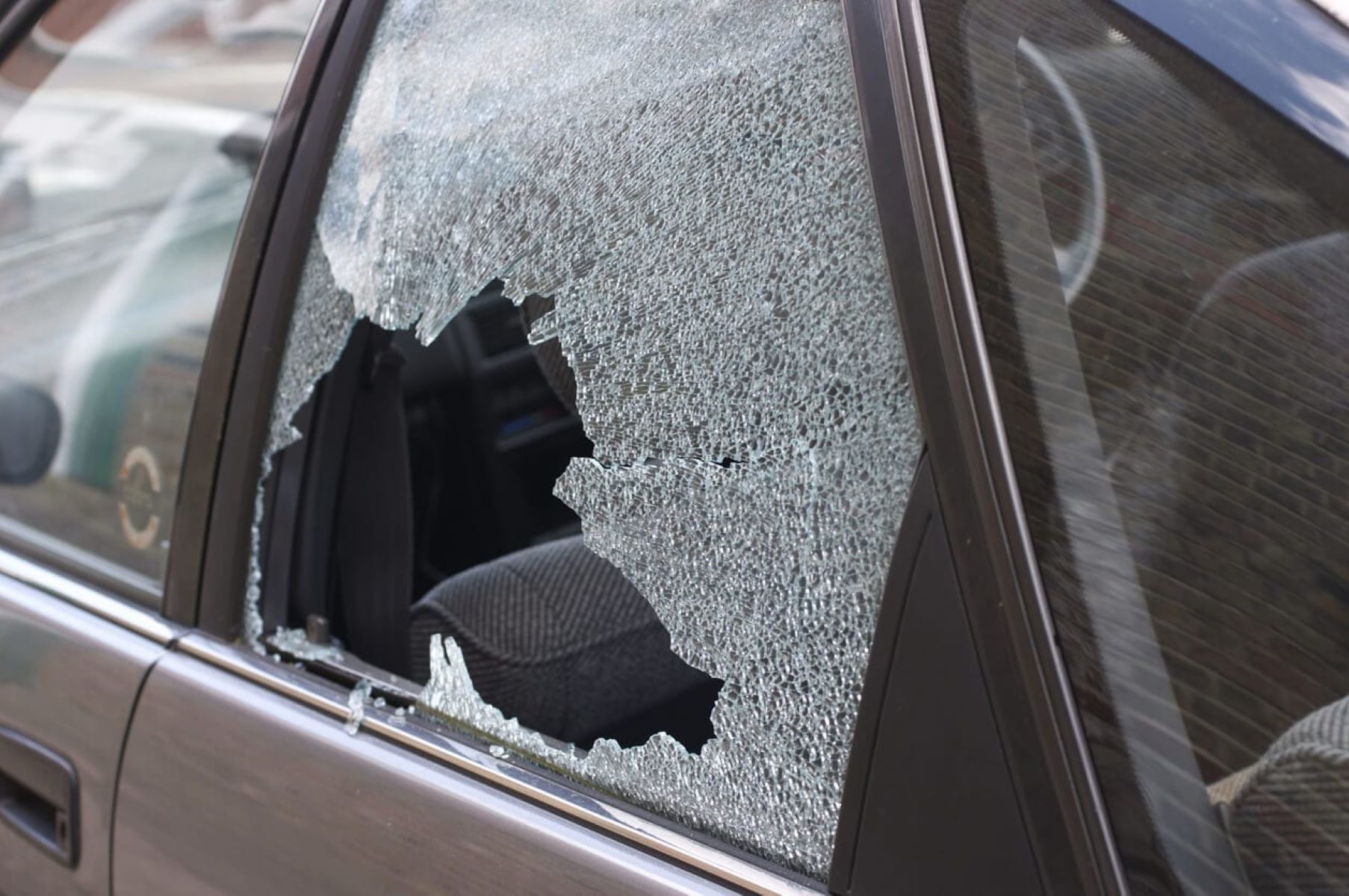
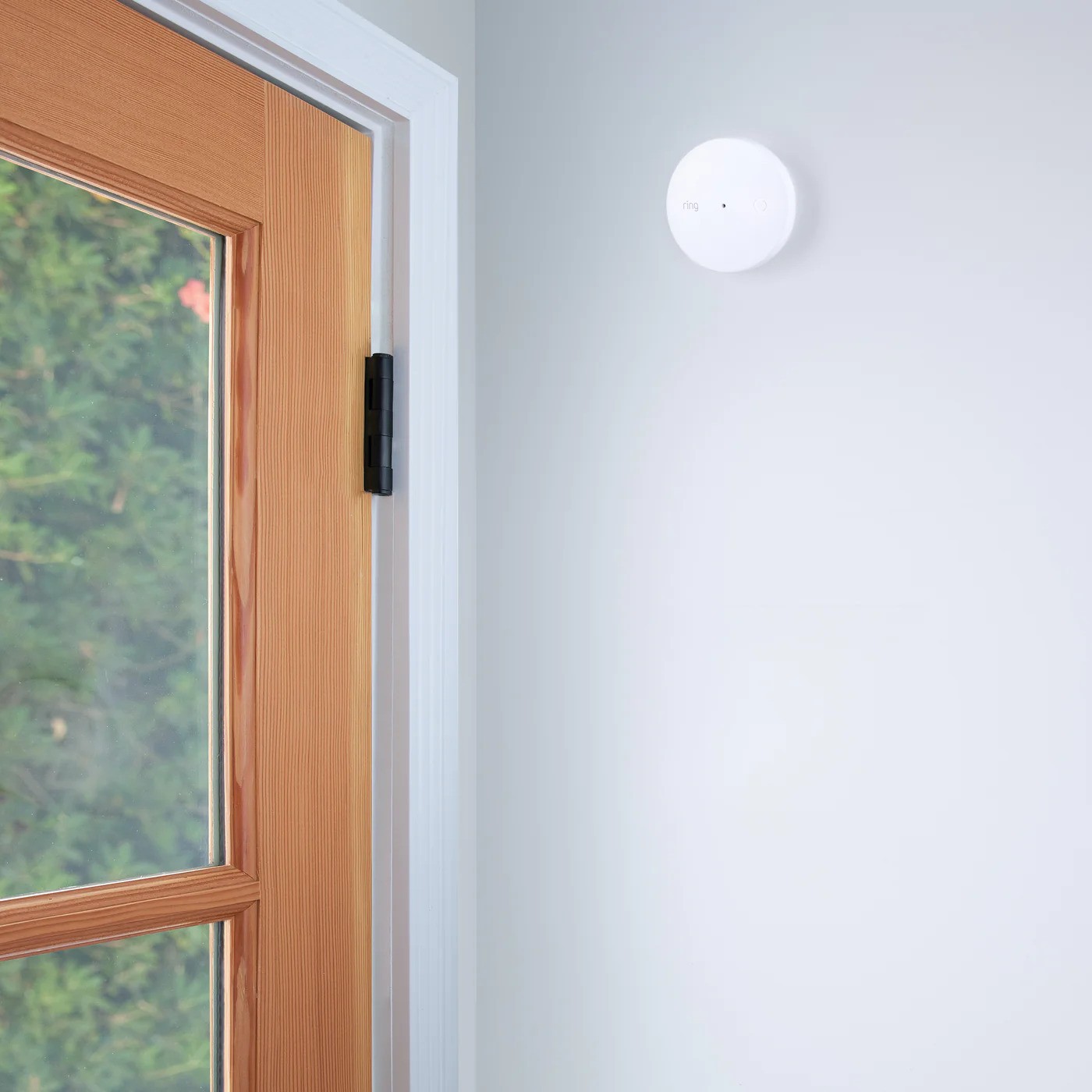
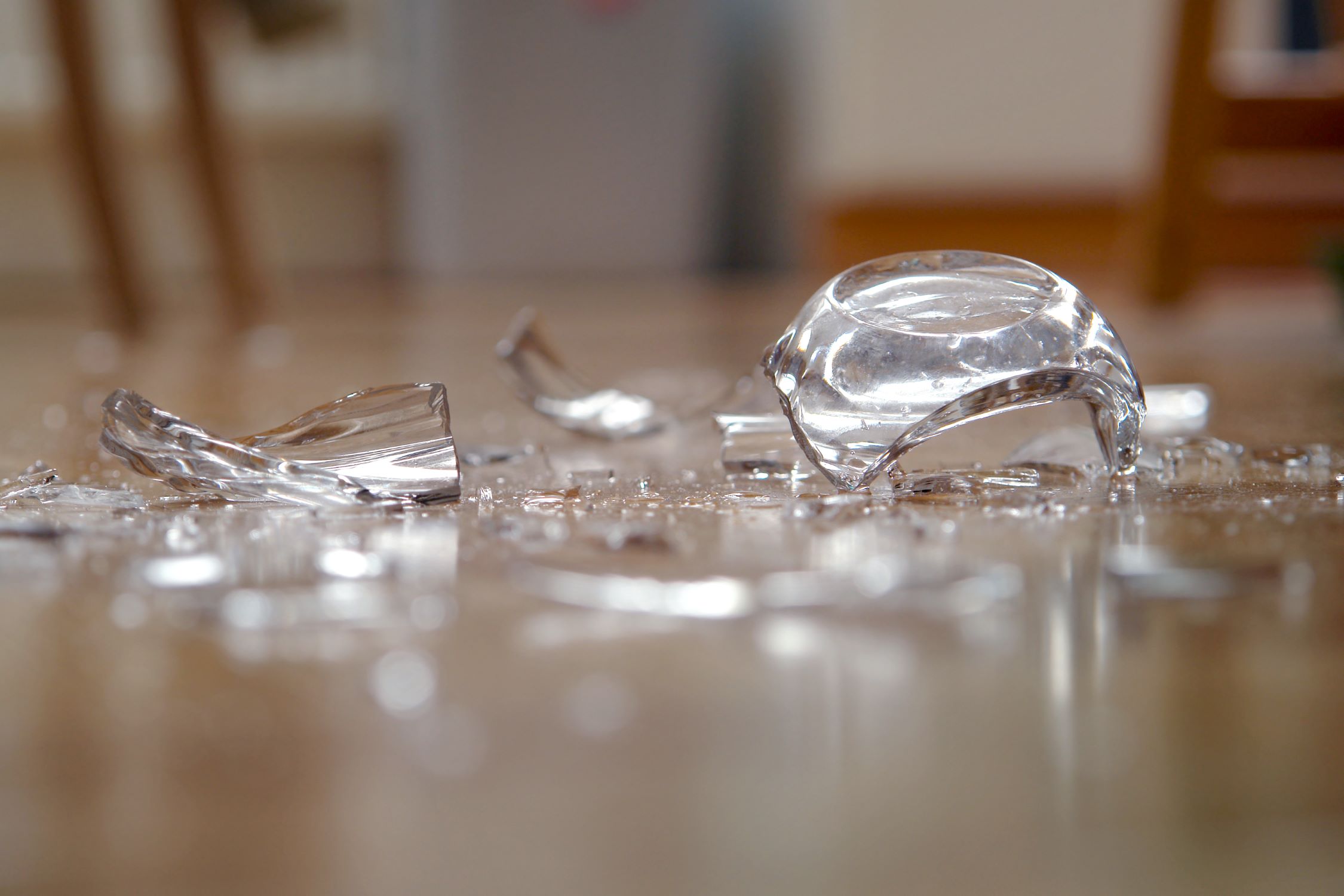
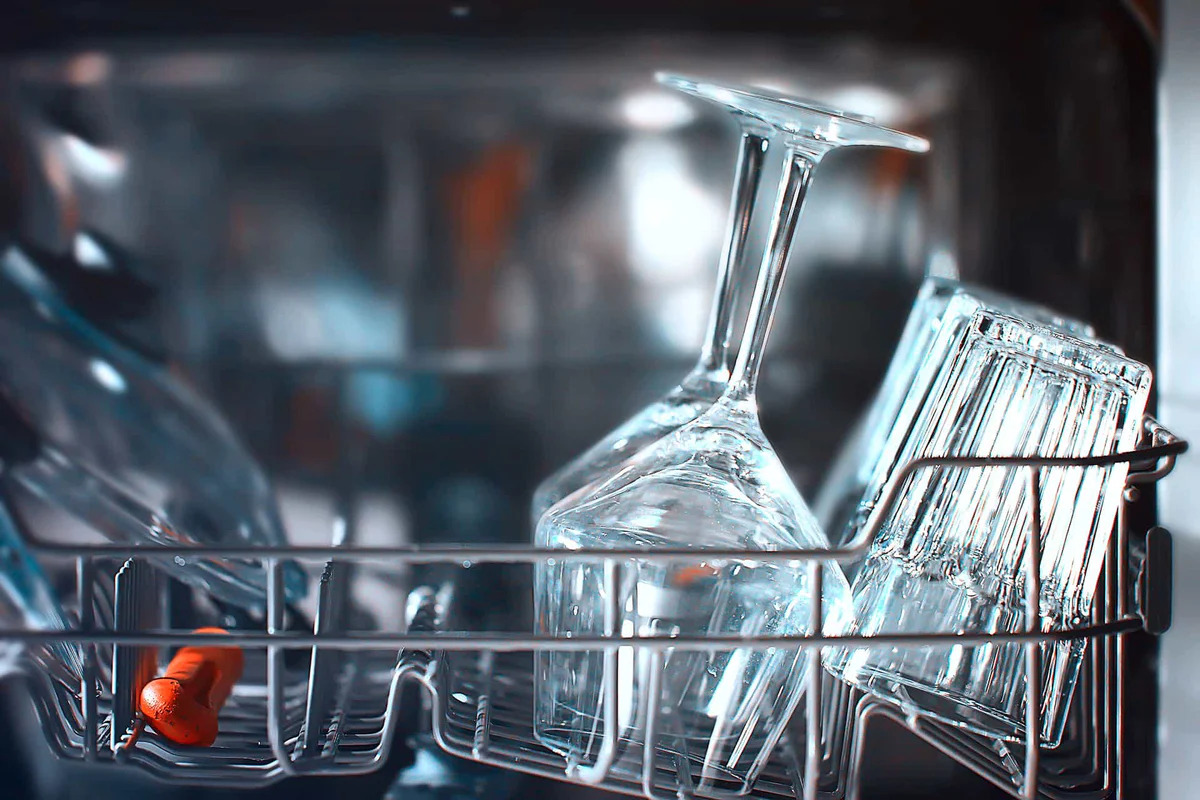
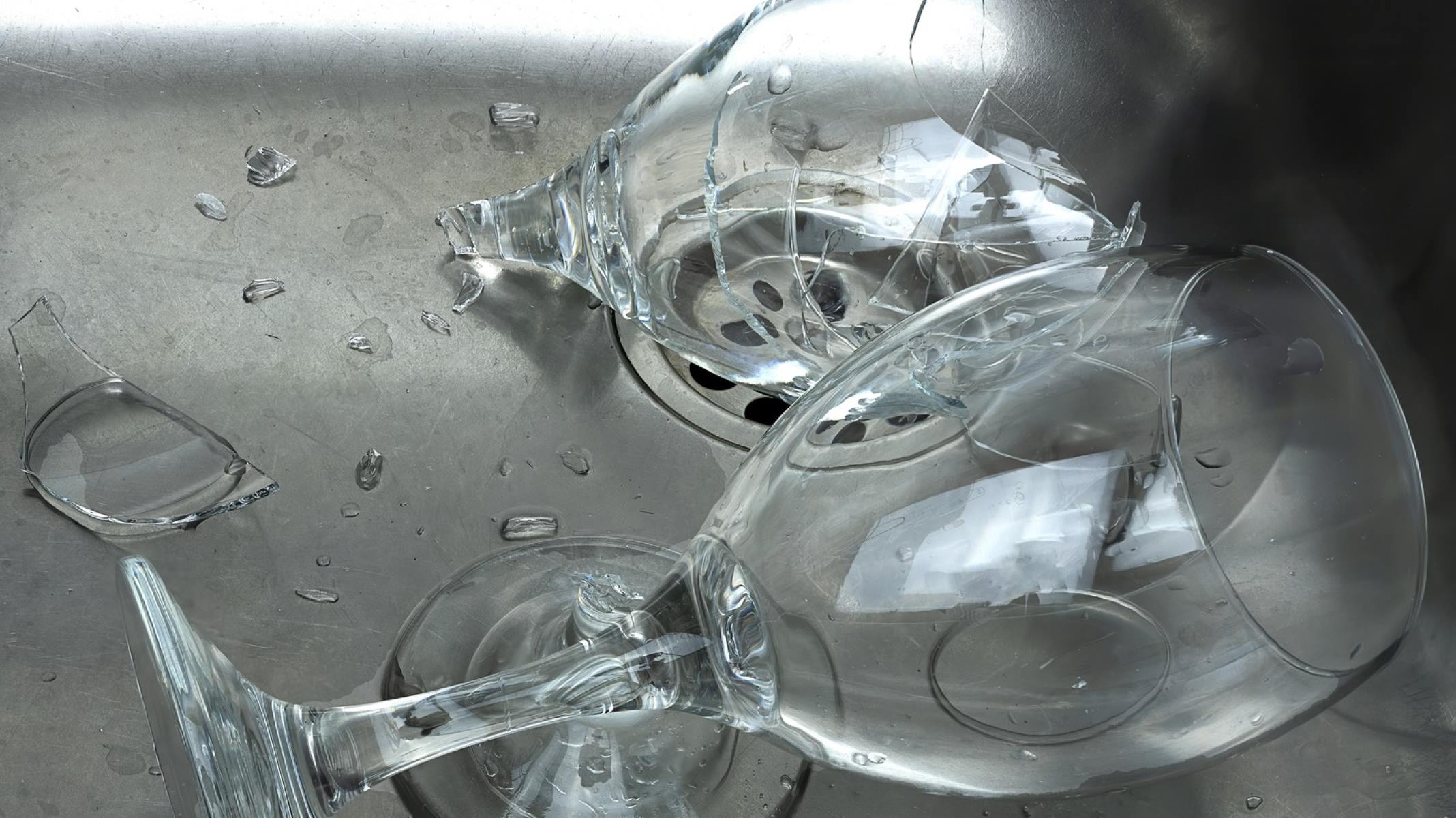
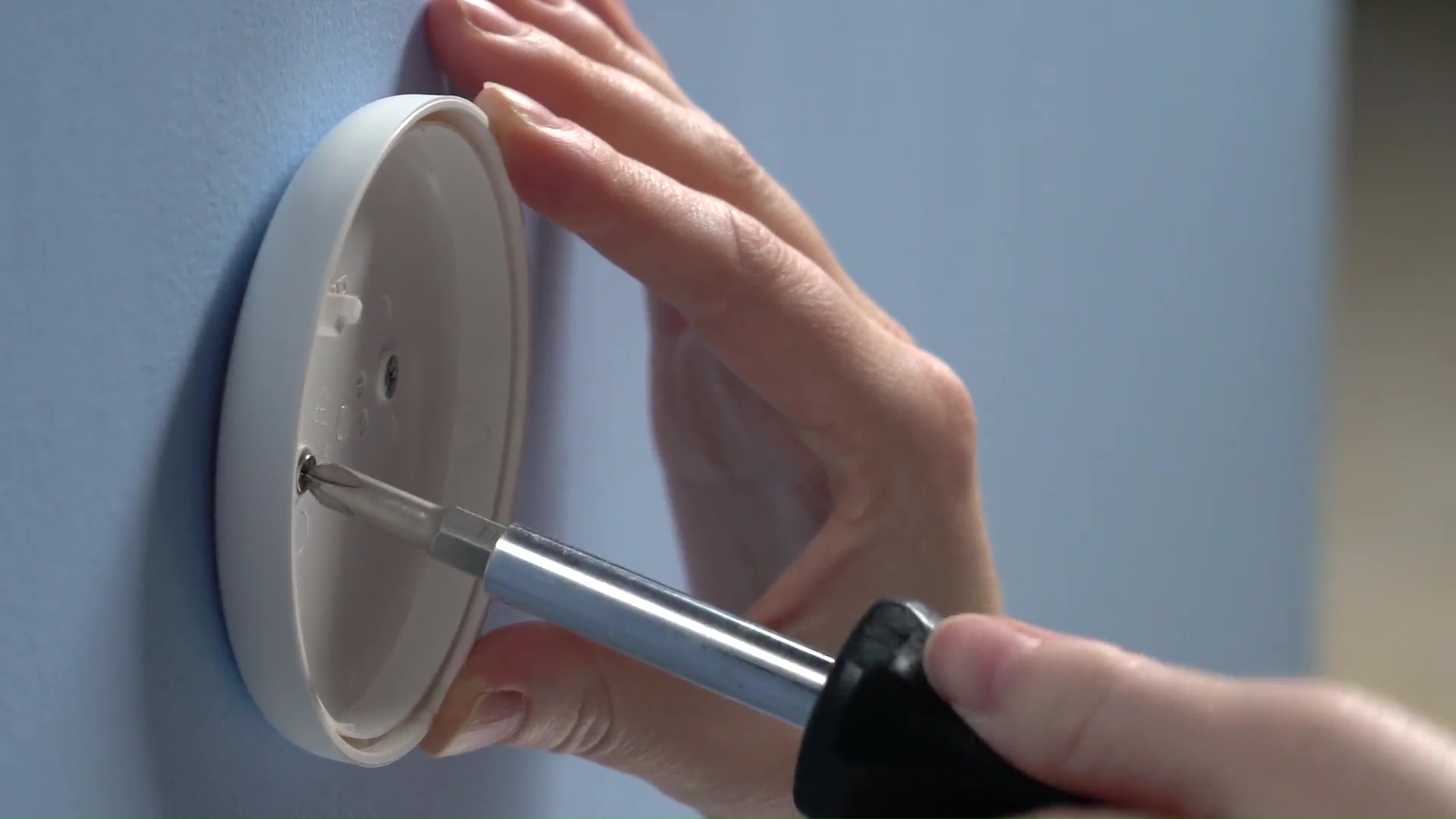

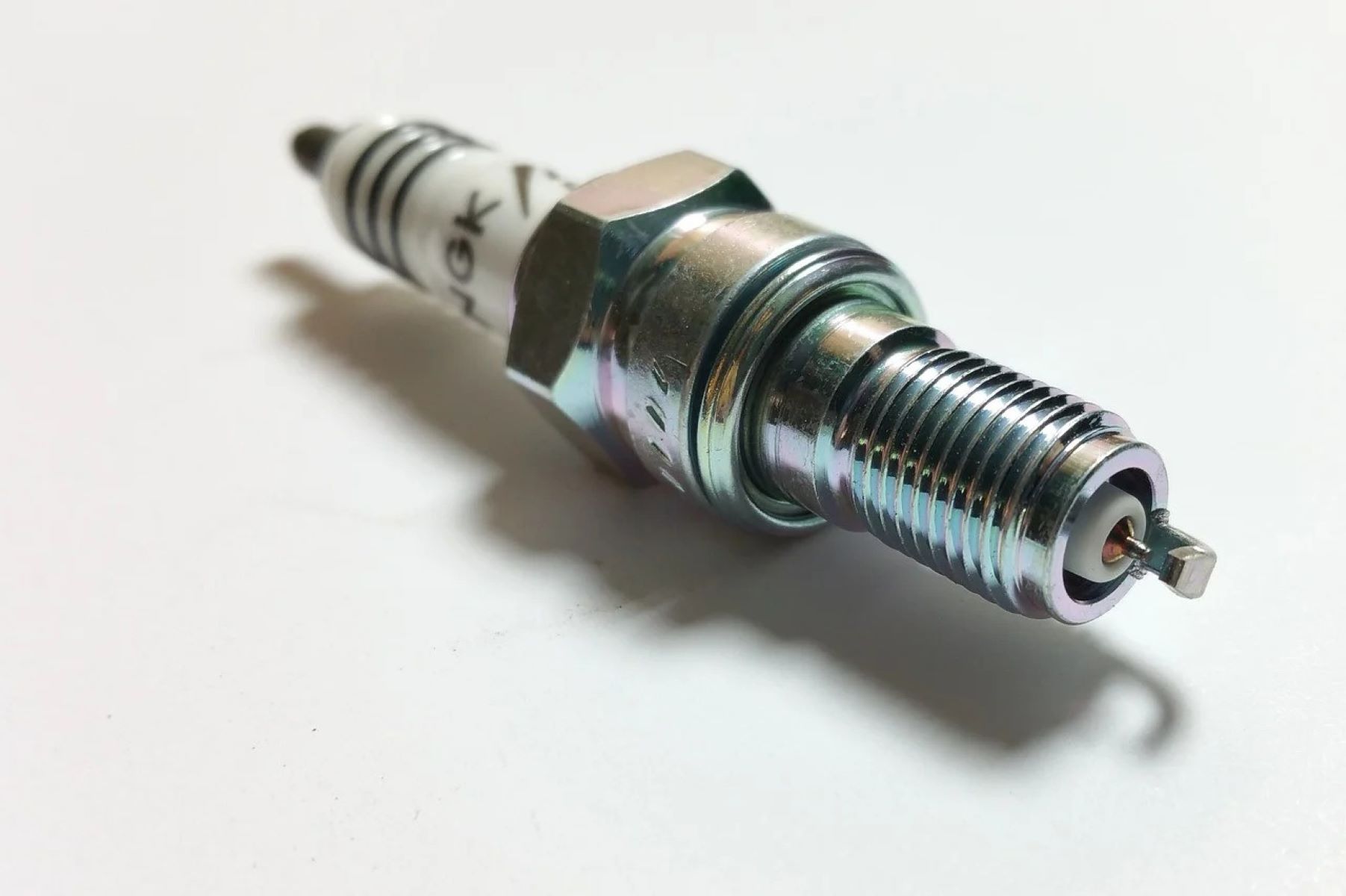


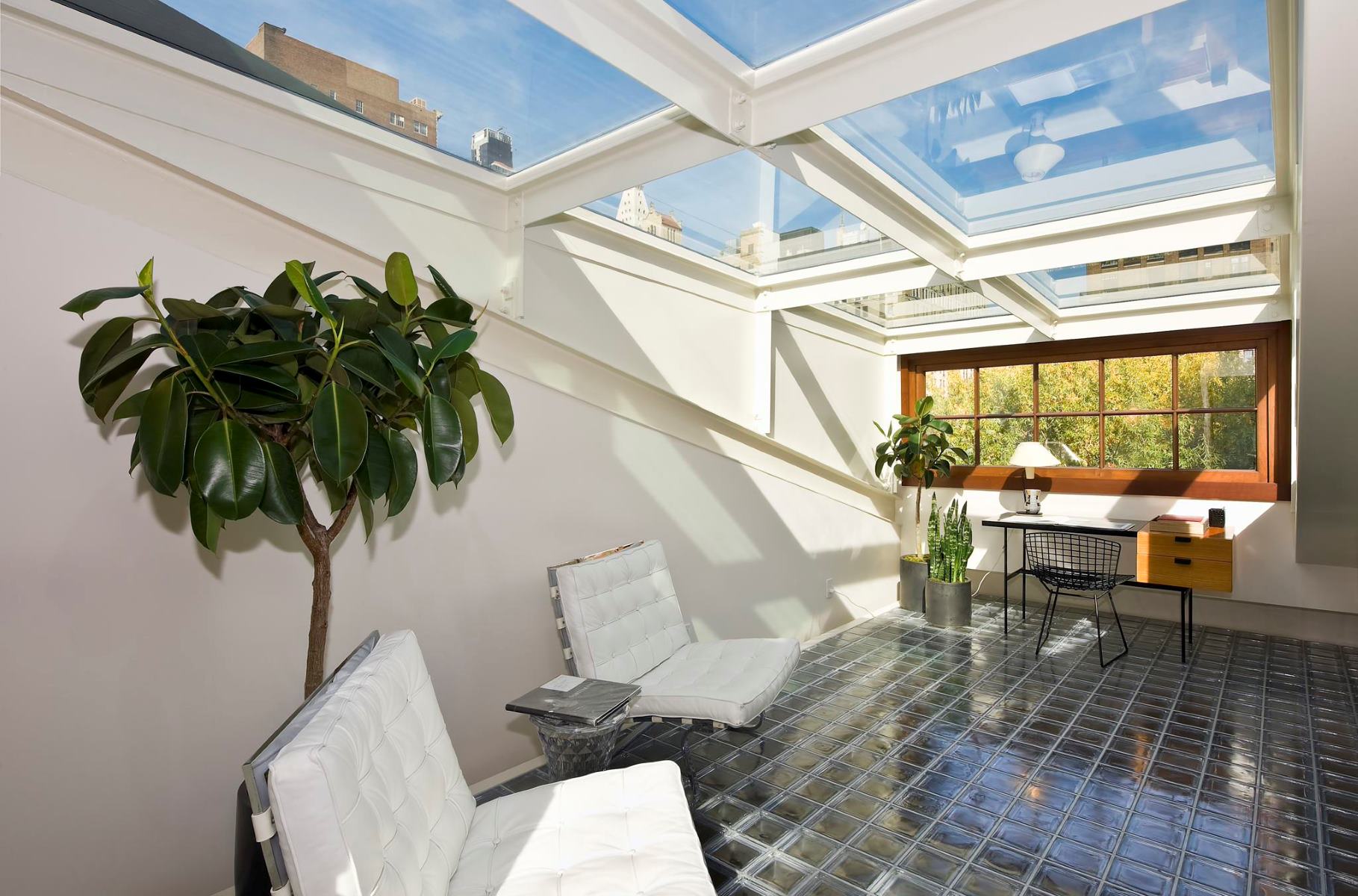
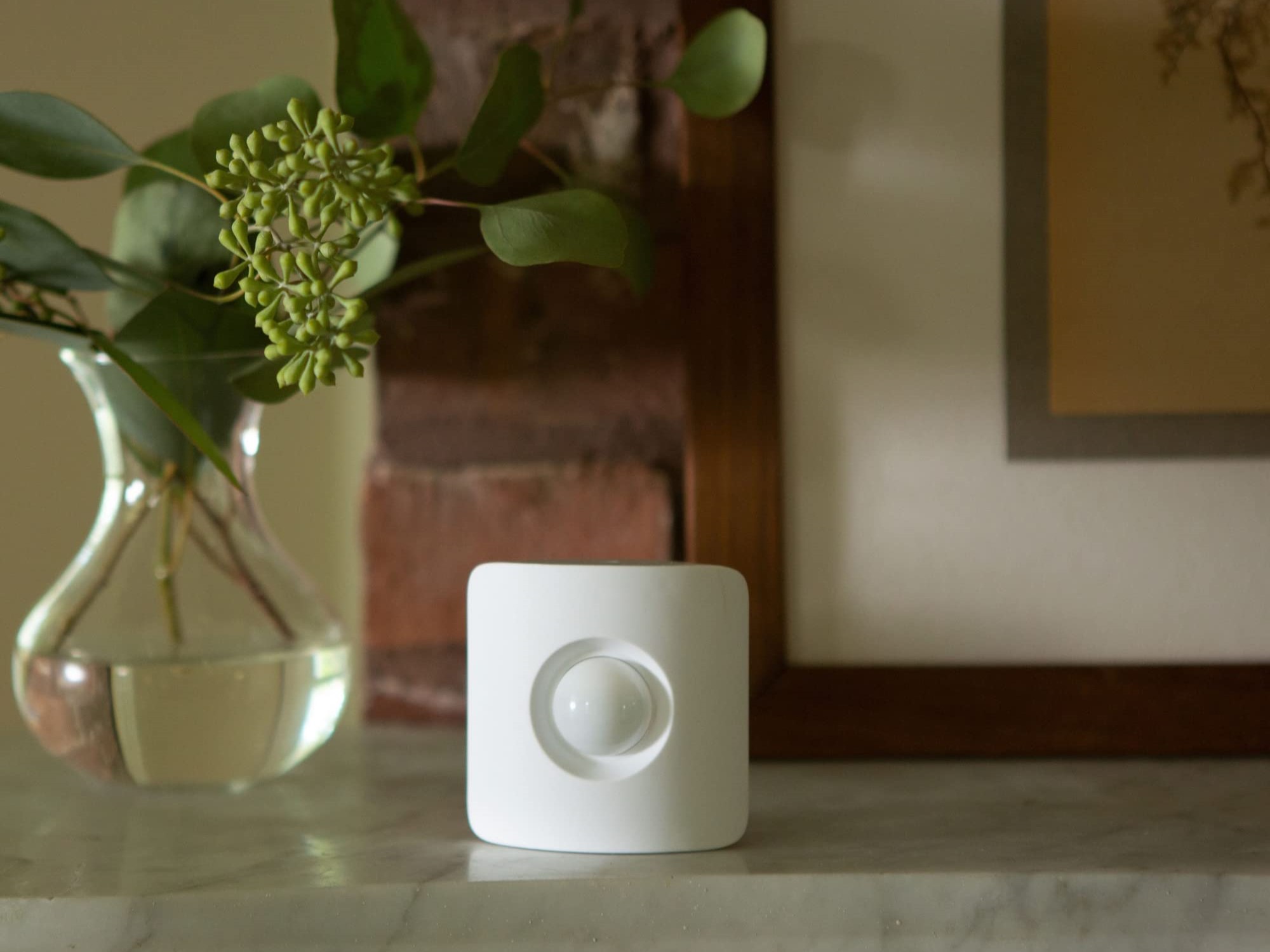

0 thoughts on “Why Do I Keep Breaking Glass”